
Anime is known for taking risks, and this can sometimes lead to truly amazing stories. However, it can also cause controversy, resulting in content being banned, altered, or withdrawn after complaints from viewers or authorities. The following examples highlight instances where anime creators or distributors had to address concerns about content that was considered inappropriate or problematic.
Each case study details the event itself and how companies or networks addressed it immediately afterward. This includes instances of episodes being removed from broadcast, physical discs being recalled or fixed, changes made to streaming versions, and even shows being limited or prohibited in specific areas. We aim to clearly present the facts of each situation and explain the reasons behind the controversy.
‘Pokémon’ (1997–present)
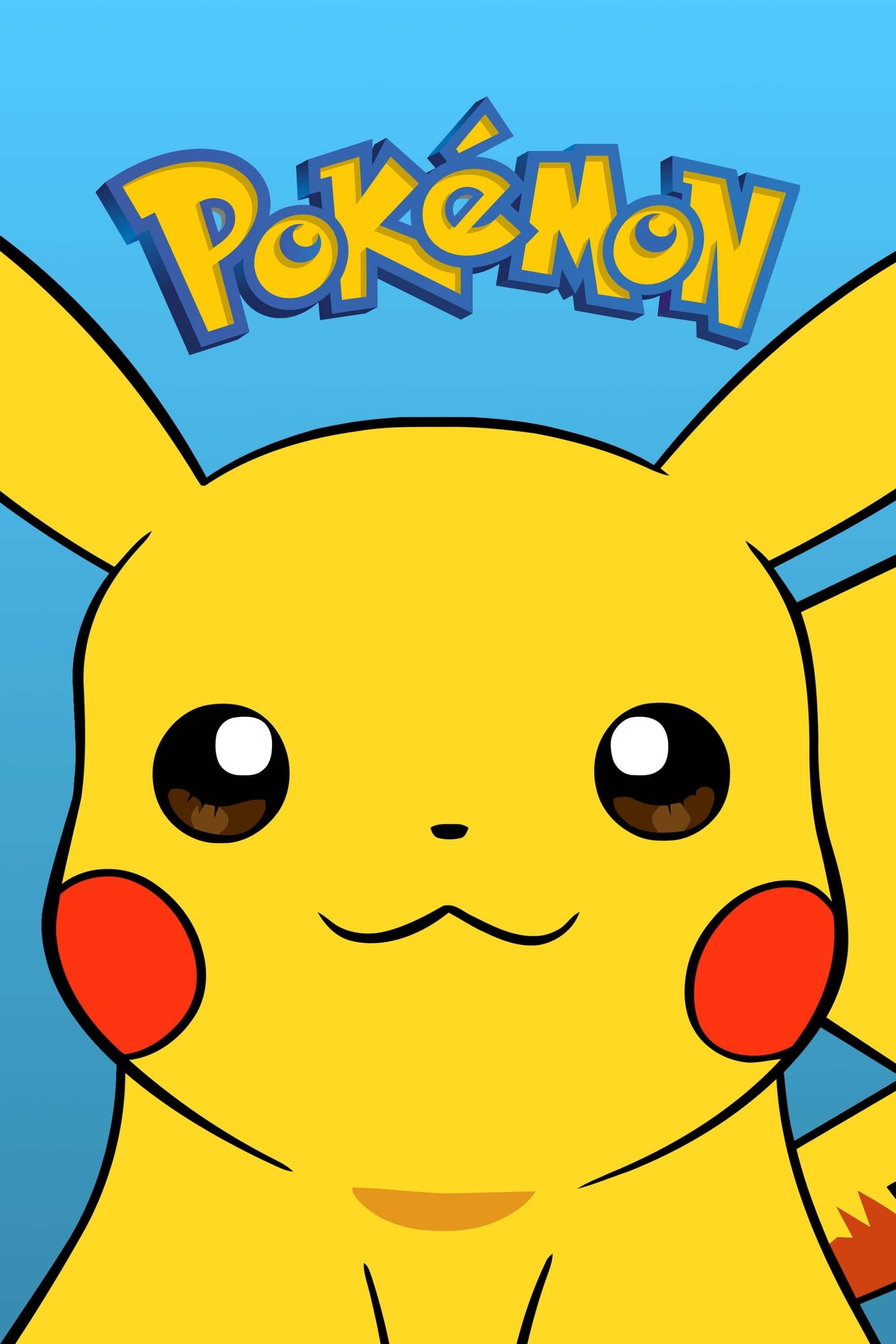
An episode of ‘Pokémon’ called ‘Electric Soldier Porygon’ caused many viewers to experience seizures and similar health issues due to quickly flashing red and blue lights. After this incident, the show was temporarily paused while experts and the television network examined the lighting, timing, and visual effects to prevent it from happening again.
This episode hasn’t been shown on Japanese television since the original broadcast and isn’t available on streaming services in many countries. Following the incident, television networks put rules in place to limit flashing lights, and animation studios began carefully reviewing their work to avoid similar problems in the future.
‘School Days’ (2007)
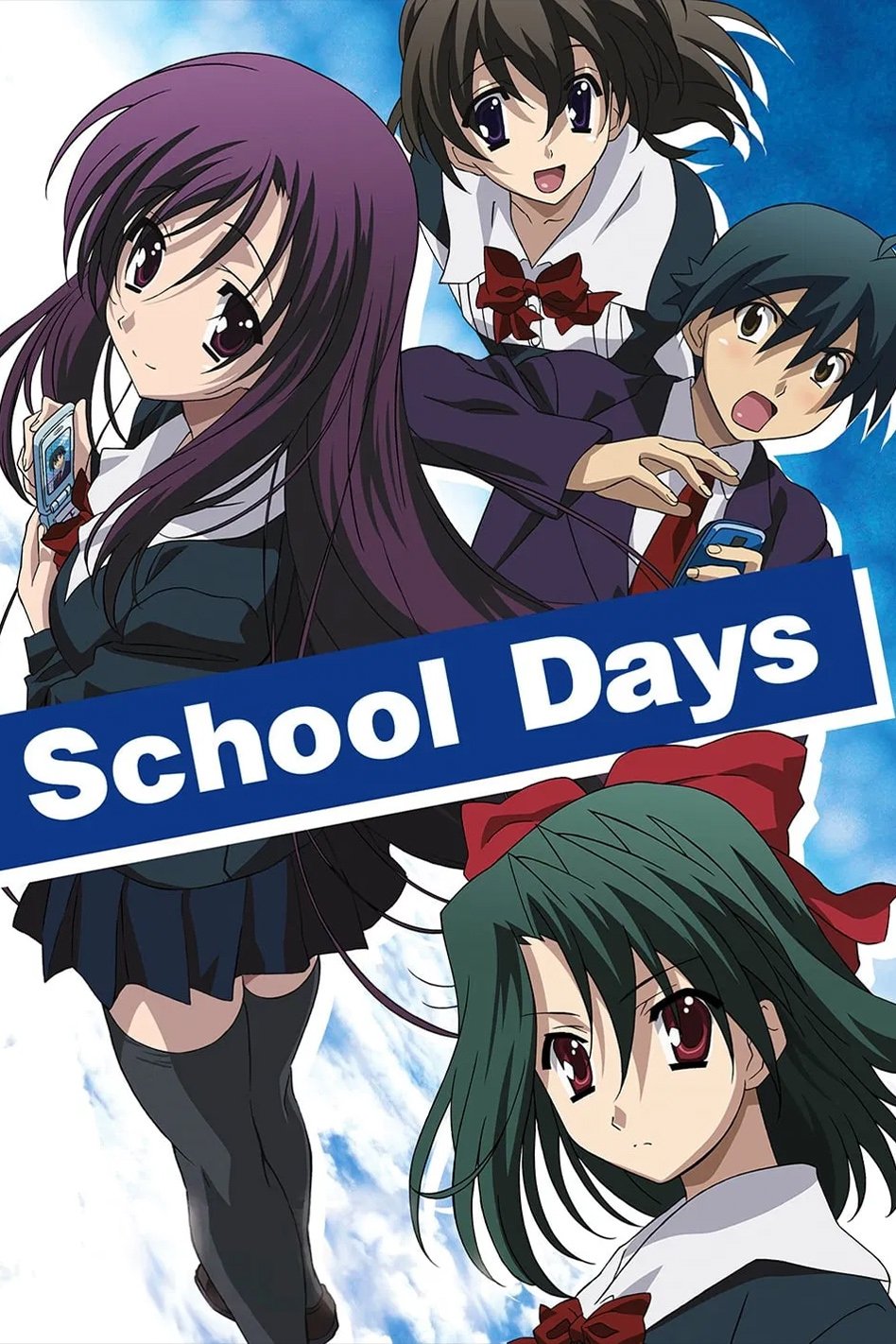
The final episode of the anime ‘School Days’ was unexpectedly cancelled after a real-life crime with a similar storyline became major news. The television networks replaced it with footage of boats, which viewers jokingly called the “Nice Boat” broadcast. The original ending eventually became available online through unofficial releases.
The issue wasn’t about banning the content forever, but rather when and how it was shown. Original versions were available on home video and internationally, but when shown on TV in the US, a different, edited version was used.
‘Goblin Slayer’ (2018–present)

The anime ‘Goblin Slayer’ began with a very intense and violent scene that surprised and upset many new viewers, leading to numerous complaints. As a result, streaming services and broadcasters added clearer warnings, age restrictions, and detailed content descriptions to help people understand what to expect from the show.
The production team didn’t remove the episode, but stores and apps changed how it was categorized to avoid people stumbling across it unexpectedly. This led many media companies to review and update their labeling practices for content depicting sexual violence.
‘Interspecies Reviewers’ (2020)
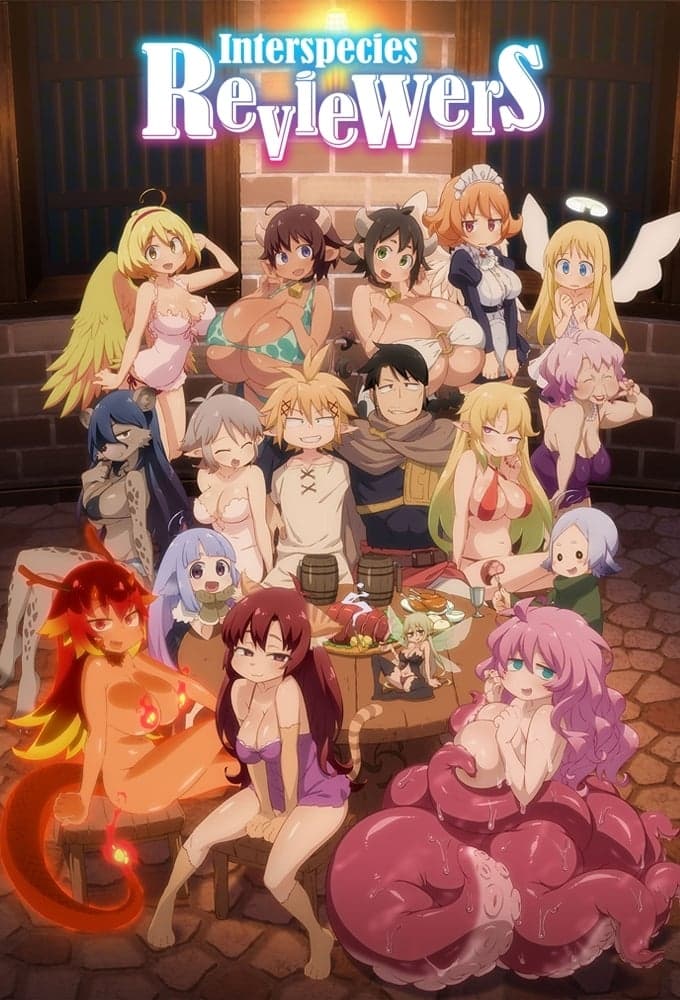
Several Japanese TV channels and international streaming services stopped showing ‘Interspecies Reviewers’ halfway through its season due to its graphic themes and frequent sexual content. While it vanished from popular platforms, it remained available on smaller, specialized sites and through physical copies with only minor changes.
The disagreement highlighted the differing rules for late-night TV broadcasts in the US compared to international streaming platforms. While complete, unedited versions of the show could still be found at some stores, most major services stopped showing it to follow their own standards.
‘Tokyo Ghoul’ (2014–2018)
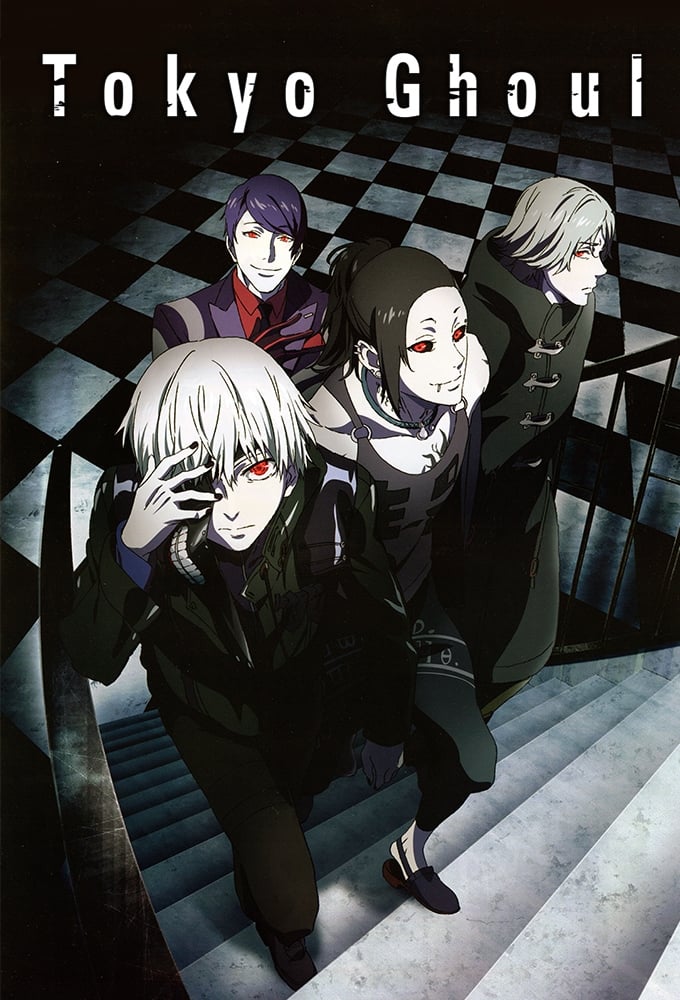
When ‘Tokyo Ghoul’ was broadcast on TV, censors used large black bars and dark shading to hide violent content like blood, injuries, and torture, sometimes even blocking out whole scenes. This allowed the show to air without episodes being cut from the schedule and still meet late-night broadcasting rules.
Blu-ray and high-quality streaming versions now feature the original, uncut episodes, but include age ratings and warnings. This makes it easy to see how much violence is removed when these shows are broadcast on TV.
‘Psycho-Pass’ (2012–present)
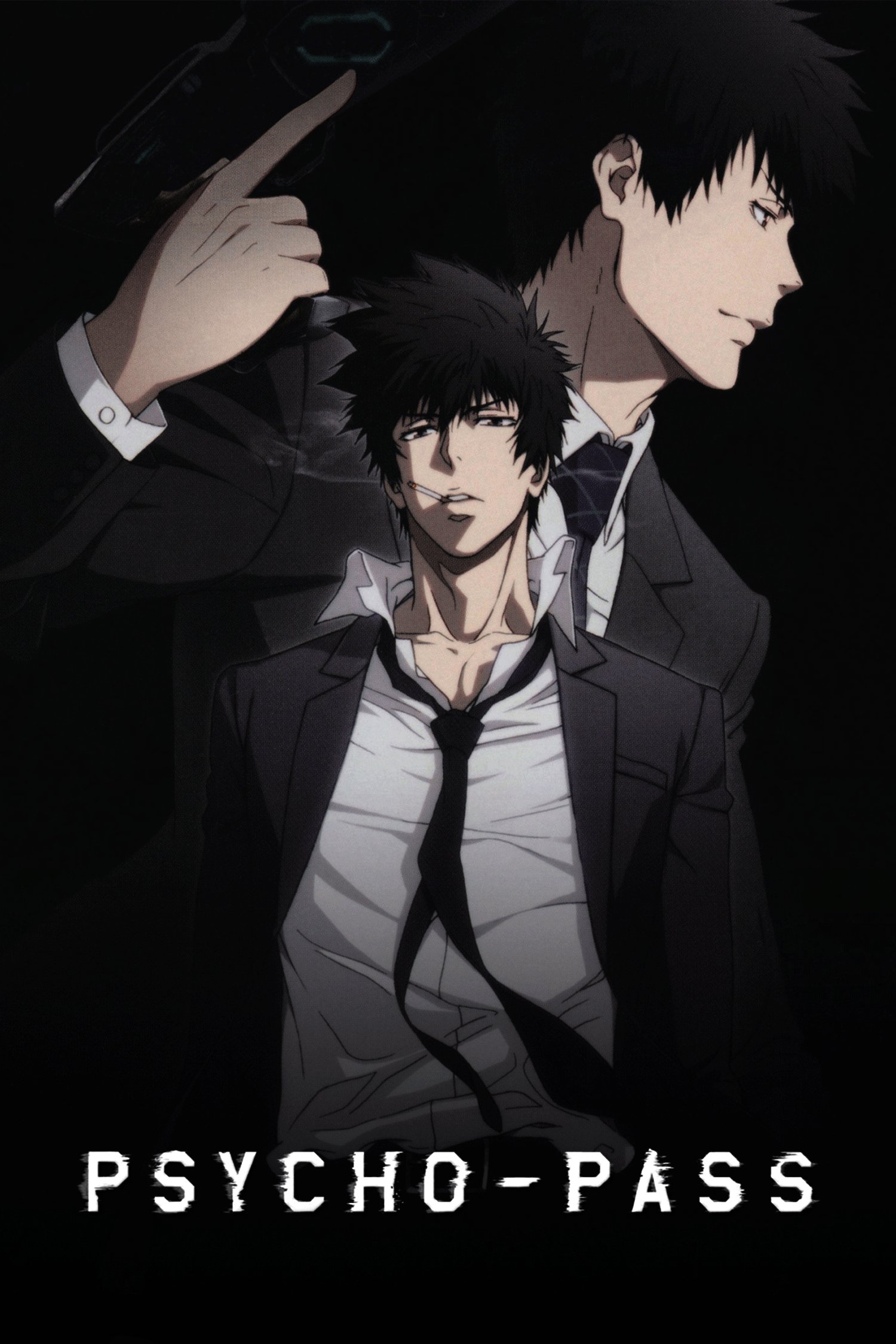
After some recent, highly publicized violent events, television channels decided to postpone an episode of ‘Psycho-Pass’ that contained especially graphic crime scenes. They aired a different, less intense episode first, and then showed the originally scheduled episode at a later time.
To avoid viewers accidentally seeing potentially upsetting content, the network added warnings to shows and moved them to later times. This change highlighted how crime dramas sometimes need to be rescheduled when current events make their plots feel too close to real-life tragedies.
‘Higurashi: When They Cry’ (2006–2007)
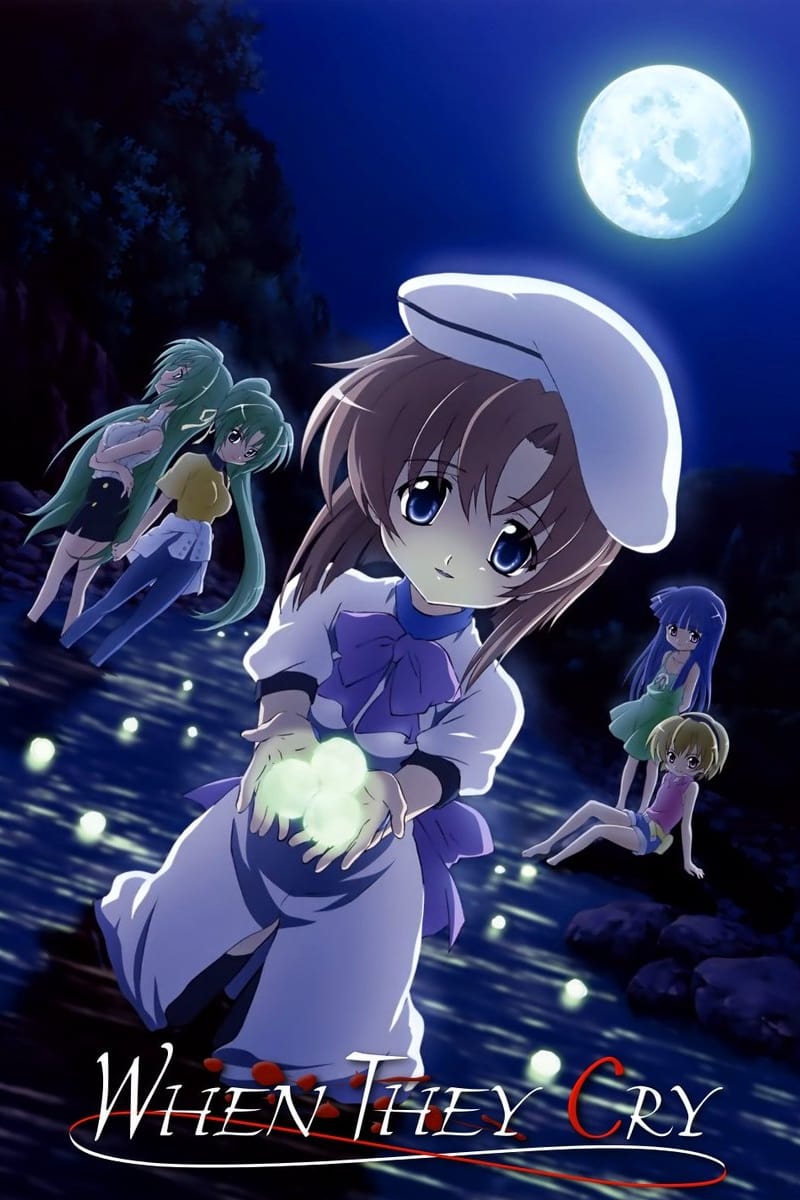
When ‘Higurashi: When They Cry’ was re-aired, some violent scenes were delayed or removed. This happened when real-world events mirrored the show’s disturbing storylines, and networks wanted to be considerate of viewers’ feelings.
Later releases of the show included the versions originally intended, with appropriate age ratings. The team continued to be careful with reruns, adding warnings and avoiding airing them when major news events were happening.
‘Elfen Lied’ (2004)
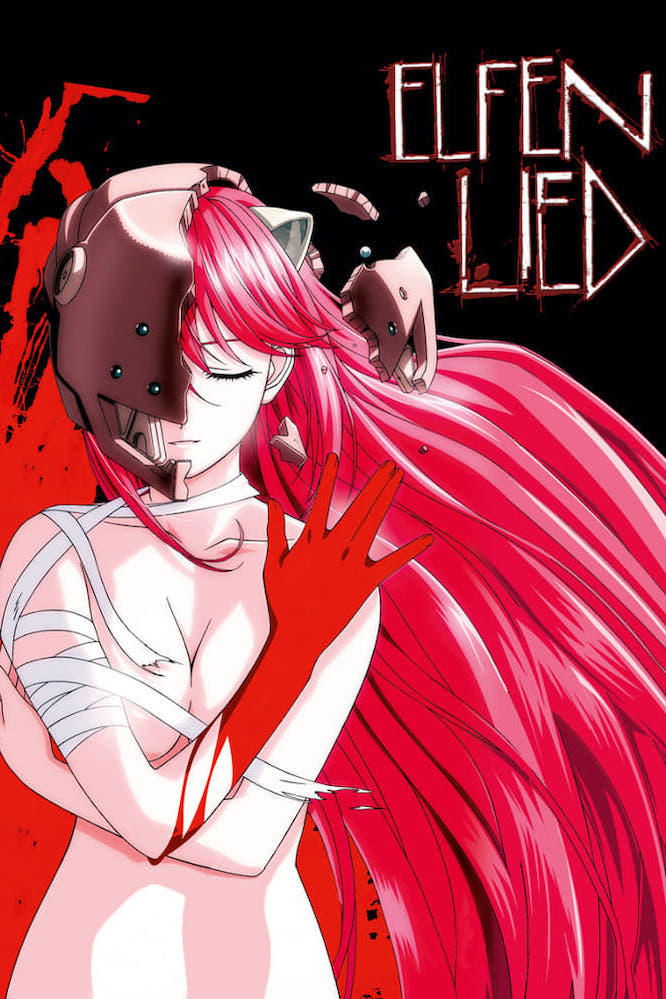
‘Elfen Lied’ gained a reputation for its extreme violence, featuring frequent dismemberment and graphic gore that was unusually intense for television at the time. As a result, some TV channels refused to air it, and stores limited its sale to adult sections, often with warning labels.
The original, unedited versions of the show continued to be available on home video and through smaller distributors. Its history of being shown on television, streaming services, and sold in stores is frequently examined as an example of how animated violence is handled by the media.
‘Attack on Titan’ (2013–2023)
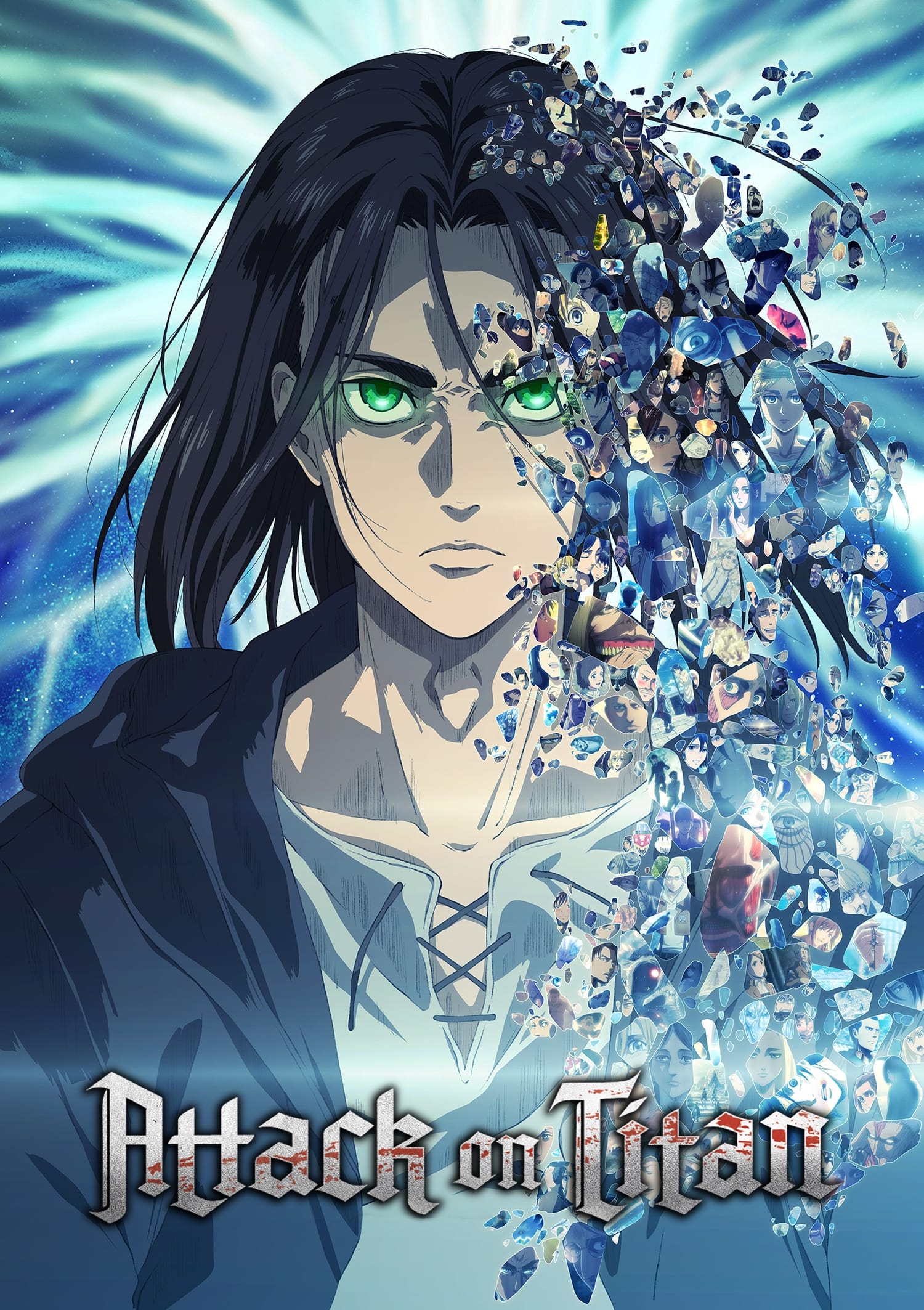
‘Attack on Titan’ sparked discussion about its portrayal of a society focused on war and its possible political meanings. Because of violent scenes and difficult subjects, it wasn’t fully available in all countries, with some local authorities and streaming services limiting access.
Publishers reacted by tailoring their approach to different regions, which included clearer warnings, separating content in catalogs, and sometimes even removing it from online stores. Access to the content has differed depending on the country and platform, leading fans to frequently worry about import restrictions and each platform’s rules.
‘Nisemonogatari’ (2012)

An episode of the anime series ‘Nisemonogatari’ contained a scene with siblings that some viewers found suggestive, leading to a lot of online discussion about what’s acceptable to show on television. After the episode aired, streaming platforms added more prominent warnings and clarified how they label content with mature themes.
Original physical copies of the show maintained its original creative vision. Descriptions on TV guides and in stores emphasized the show’s unique handling of intimate moments, allowing viewers to understand what to expect before watching.
‘Sword Art Online’ (2012–present)

As a big anime fan, I have to admit the ‘Fairy Dance’ arc of ‘Sword Art Online’ was really tough to watch. Some of the scenes involving characters being held captive and harassed were deeply upsetting, and a lot of viewers agreed. It was good to see distributors take notice and respond by making sure the show had clear age ratings and more prominent content warnings, so people could make informed choices about whether or not to watch it.
While the content itself wasn’t changed, the way it was presented included more warnings to prepare audiences for the story’s more serious and challenging moments. This approach then became a standard method for dealing with potentially difficult themes in popular franchises.
‘Kite’ (1998)

The animated film ‘Kite’ features intense violence and adult content, leading to significant censorship in many countries. To comply with local regulations and store guidelines, distributors released numerous edited versions of the film with varying lengths.
People looking for the original, uncensored version of this work often had to buy it from other countries with tougher rules about who could purchase it. The way this title was released shows how the same piece of media can appear differently depending on where you are in the world.
‘Mad Bull 34’ (1990–1992)
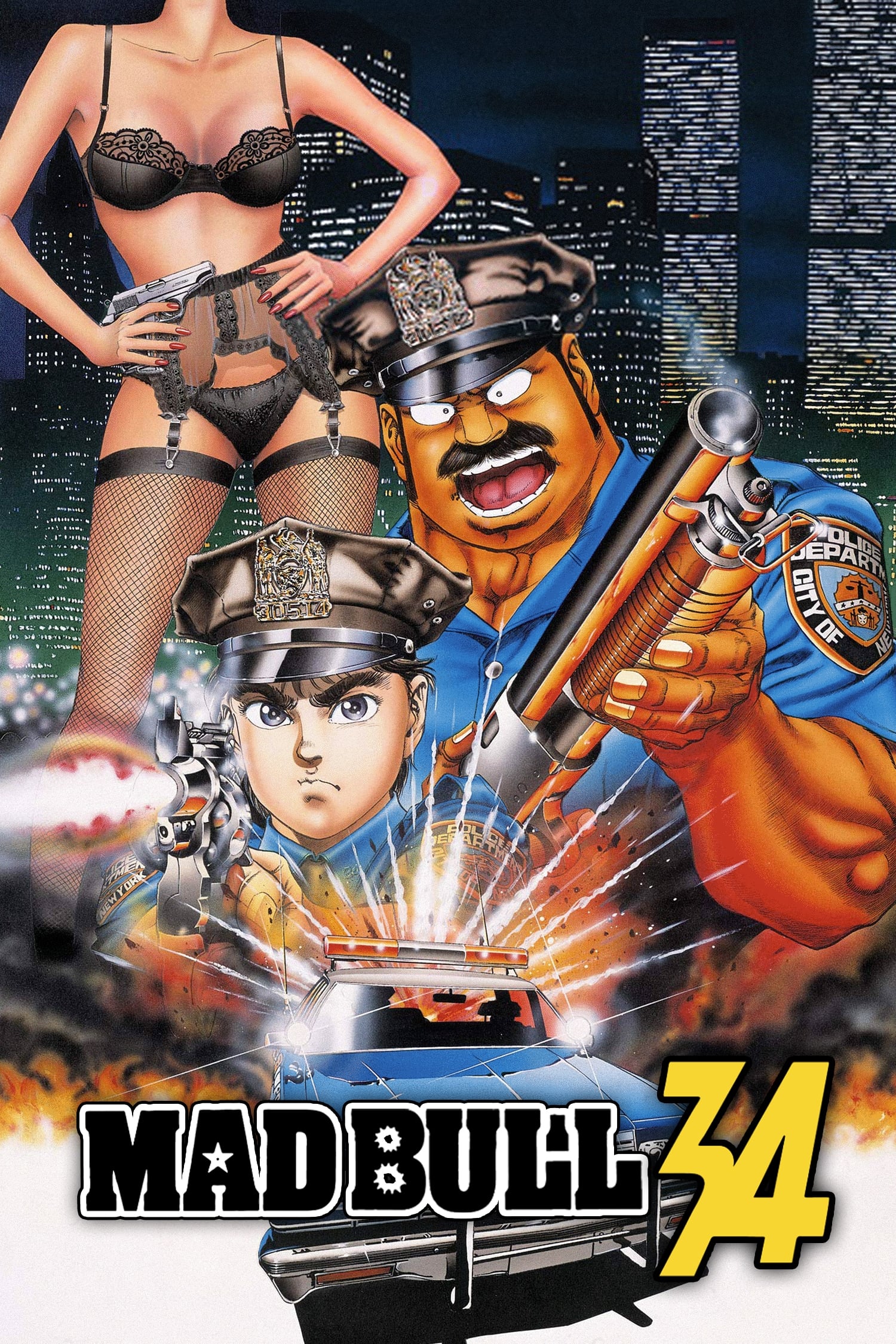
‘Mad Bull 34’ combined sexually suggestive humor with shocking violence, going further than most television channels would allow. Because of this, stores clearly marked it for adults only, and it was primarily released directly on video instead of being broadcast on TV.
Subsequent releases also targeted adult audiences, including warning labels. The series is often used as an example of how controversial material bypasses traditional television and goes directly to markets with age restrictions.
‘Prison School’ (2015)
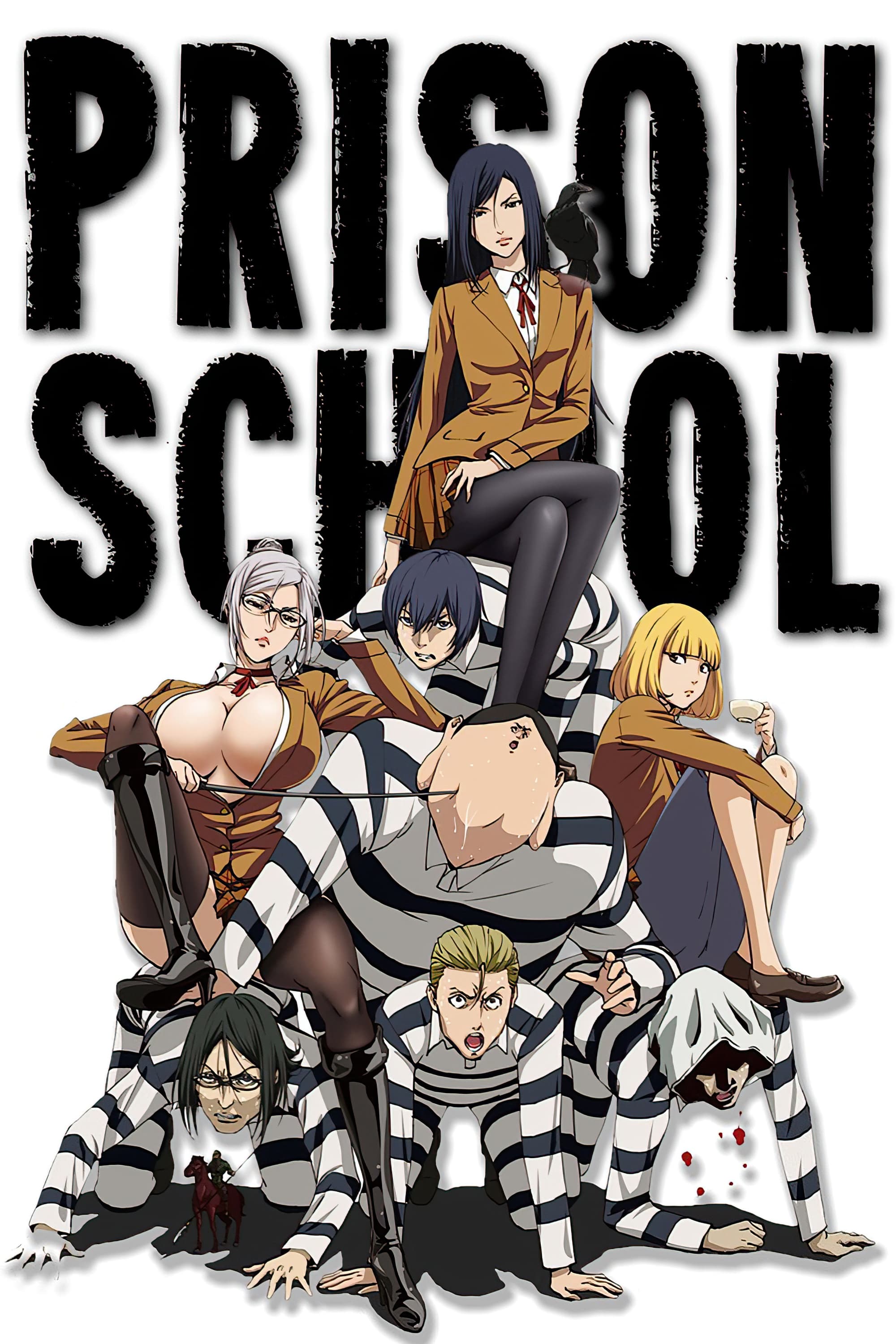
The anime ‘Prison School’ received many complaints from viewers and parents due to its use of suggestive humor and constant sexual references. Despite this, television stations chose to air the show during late-night hours and included warning messages on screen rather than cancel it.
Originally, the show’s full, unedited versions were available on home video, but streaming services began using stricter age ratings and detailed content warnings. This led to discussions about how far late-night comedy can go.
‘Mr. Osomatsu’ (2015–2021)
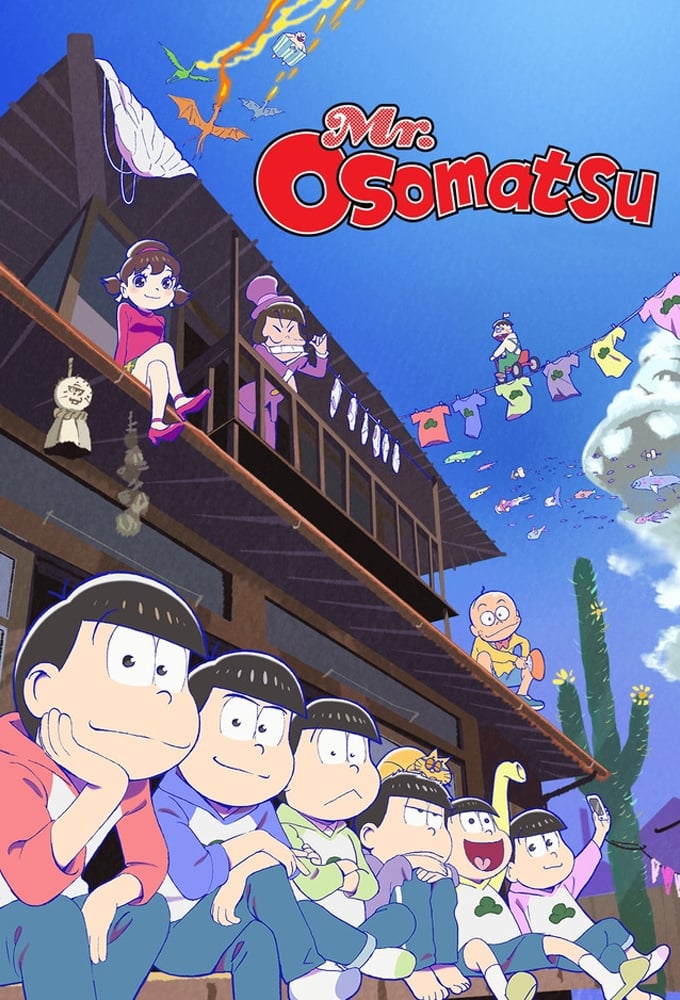
The first episode of ‘Mr. Osomatsu’ included many jokes and visual references to other shows and media, which caused problems with copyright permissions. As a result, the episode was temporarily removed from broadcasts and early DVD releases. It was later edited and re-released with changes.
People who didn’t see the show when it first aired found the revised version online. This situation is often used as an example of how comedic imitations can run into copyright problems.
‘JoJo’s Bizarre Adventure’ (2012–2022)
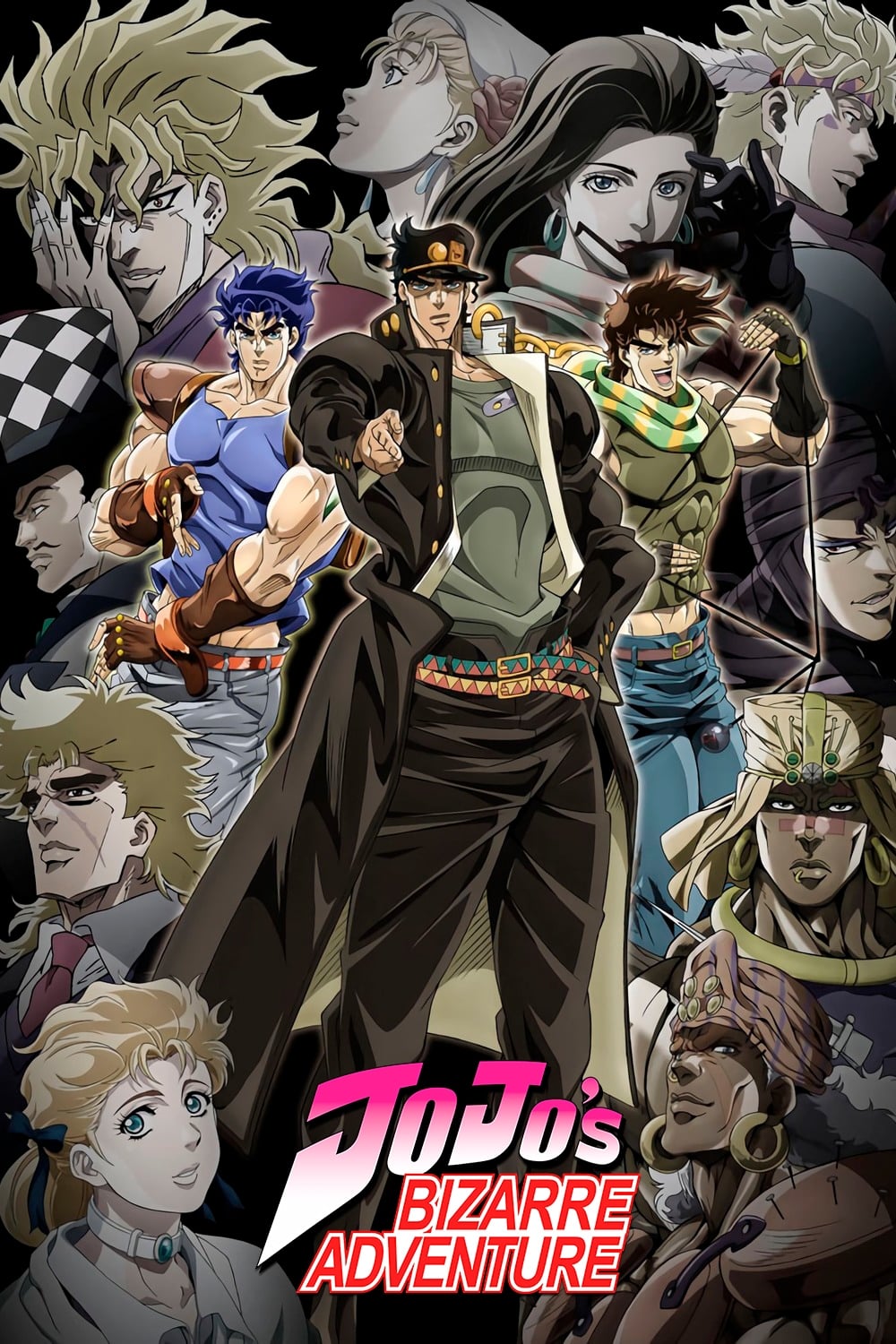
The first version of ‘JoJo’s Bizarre Adventure’ contained religious content that upset some groups. Later versions and streaming releases were changed to remove or alter potentially offensive backgrounds and scenes.
Later versions of the story kept the same plot but were updated to be more respectful of different cultures. New visual and audio elements were sent to all platforms to ensure everyone saw the same, updated version worldwide.
‘One Piece’ (1999–present)
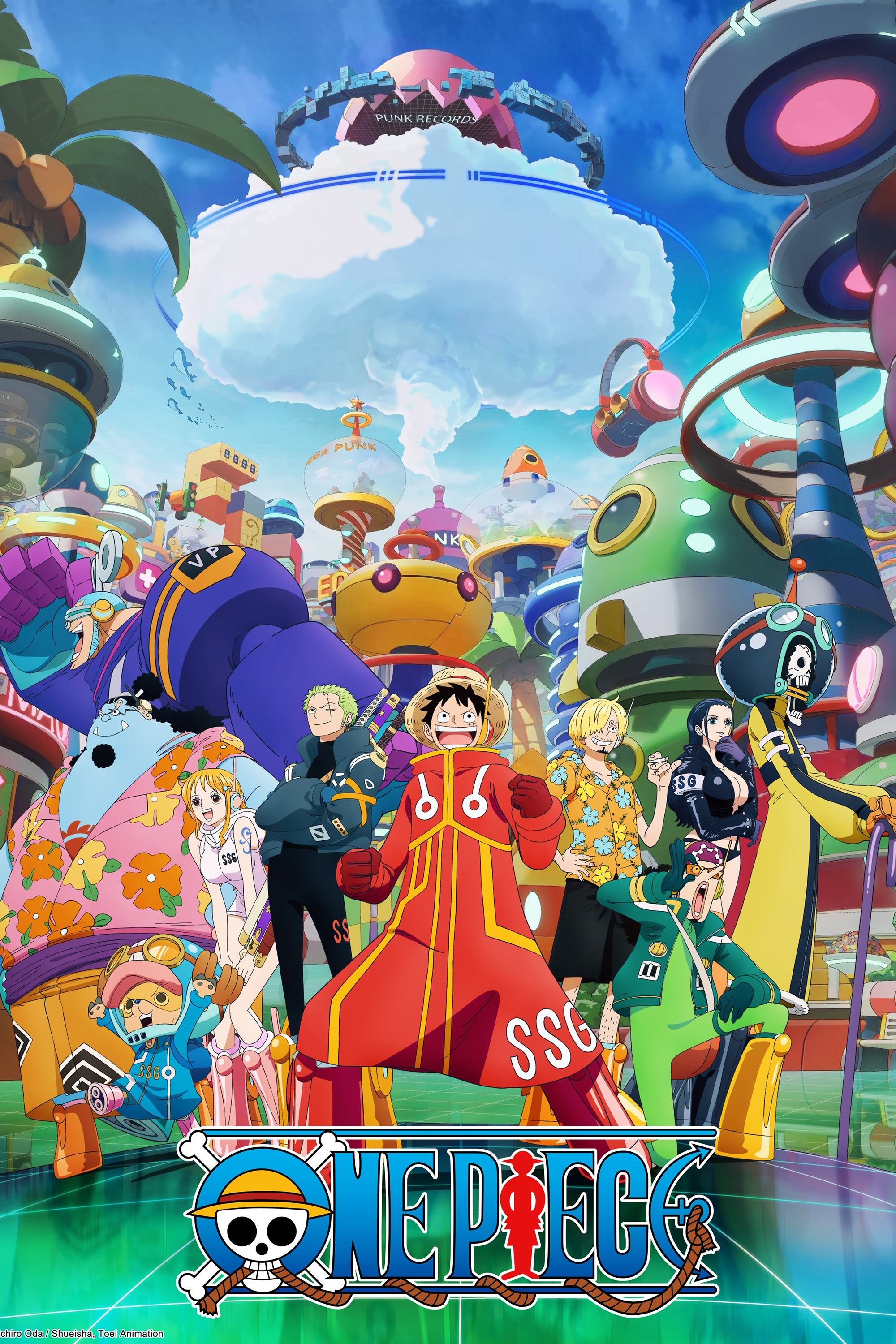
The English-dubbed TV version of ‘One Piece’ made several changes for younger audiences. Cigarettes were replaced with lollipops, and digital effects were used to cover up violence like injuries and weapons. The dialogue was also adjusted to remove threats and references to death, making it suitable for daytime television.
Restored, complete versions and updated dubs now reflect the original creative vision, while still being suitable for younger audiences. The differences between these versions and earlier, heavily altered ones clearly demonstrate how much content was changed to fit children’s programming schedules.
‘Sailor Moon’ (1992–1997)
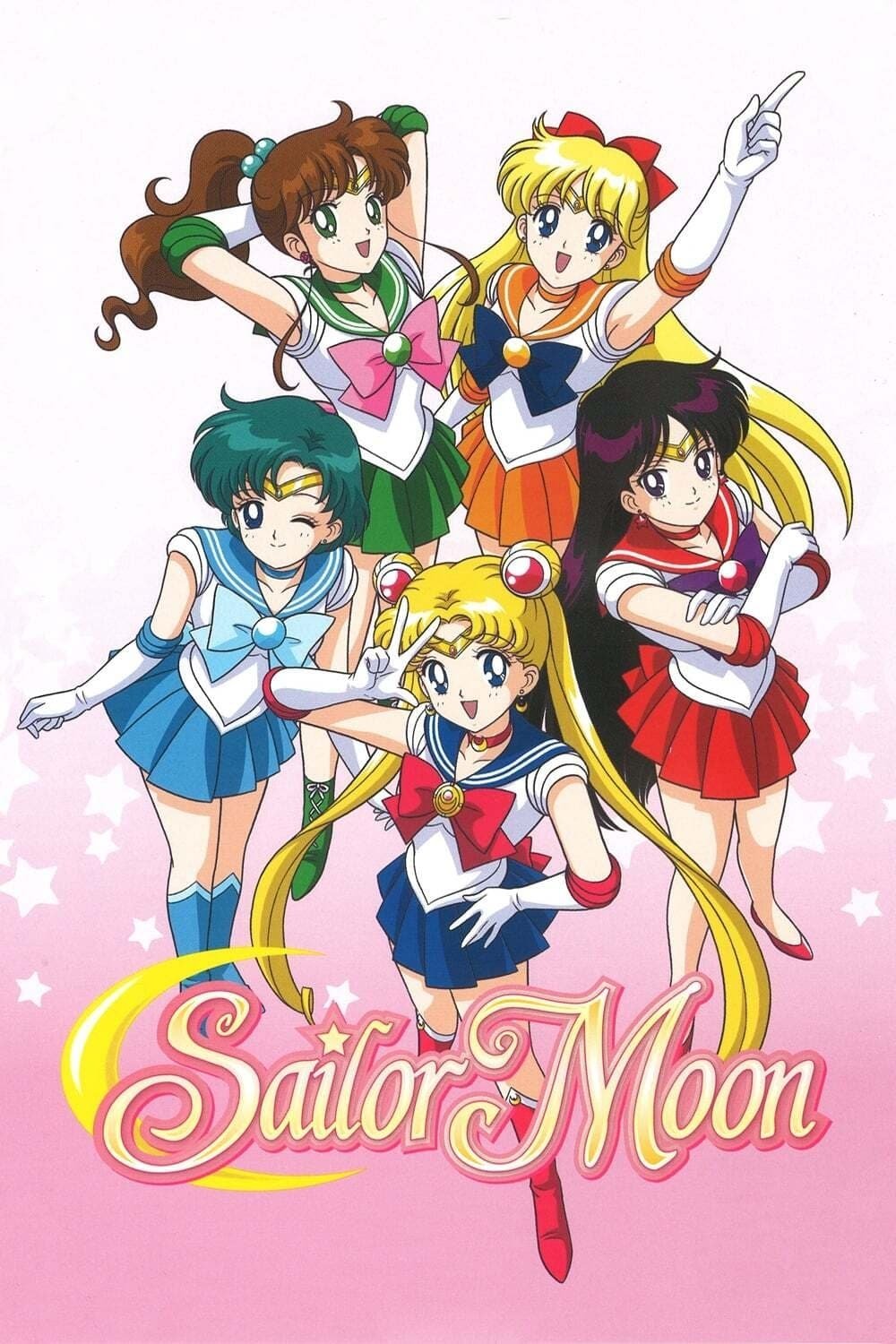
When ‘Sailor Moon’ was first released internationally, some LGBTQ+ relationships were changed. Characters who were partners were often rewritten as cousins or just close friends. Additionally, scenes and dialogue were sometimes cut or changed to make the show suitable for younger audiences in different countries.
I’ve been so pleased to see recent versions finally get the relationships right, with ratings that actually fit the story. It’s become a prime example for how to properly adapt content for different audiences, and it’s fascinating to see how distributors are learning from it. It really shows how important thoughtful localization and representation are!
‘No Game No Life’ (2014)
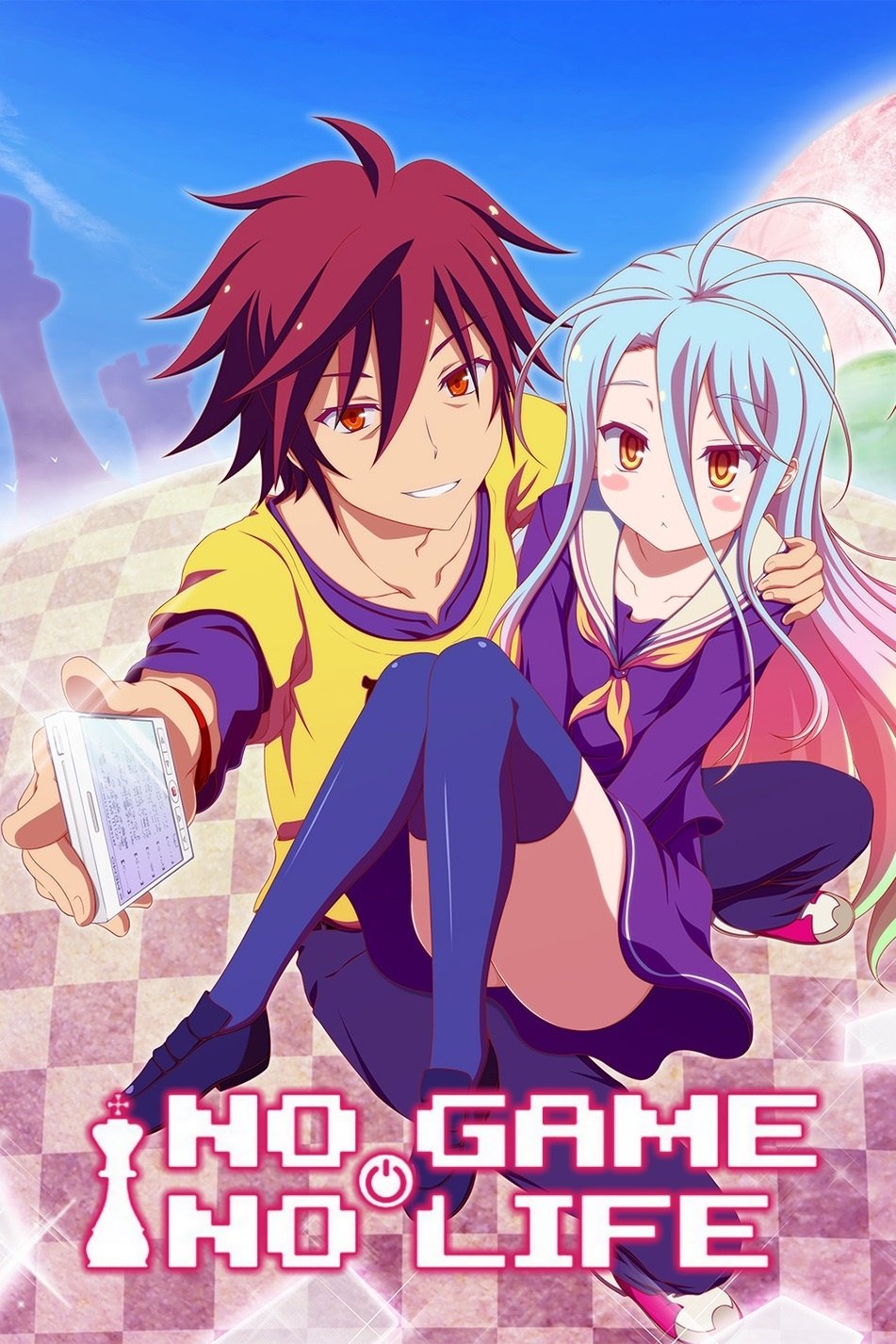
After reviews, some stores and streaming platforms removed ‘No Game No Life’ in certain areas. These decisions were based on concerns about images and themes within the show that didn’t meet local standards or store guidelines.
How easily you can find this item varies depending on your location and where you’re buying from. Buyers often double-check local regulations before making a purchase, because listings can be removed or added back based on changing rules.
‘Kodomo no Jikan’ (2007)
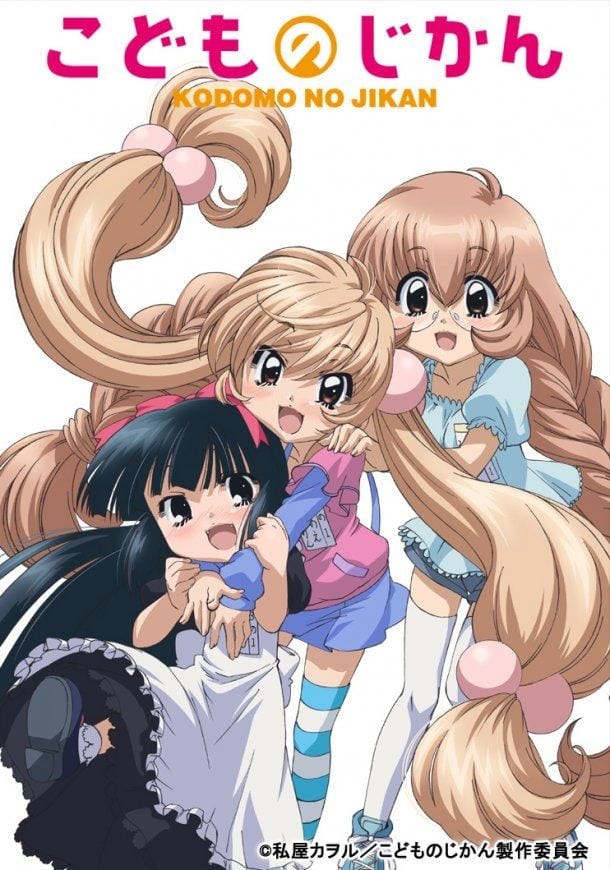
I was really bummed to hear that the North American release of ‘Kodomo no Jikan’ fell through. Apparently, the company that originally had the rights got worried about what the show was about and thought stores wouldn’t want to carry it. It’s still out there in some places, but they had to put a lot of age warnings on it and keep the distribution pretty limited, which is a shame.
As a huge fan, I remember discovering this series through less conventional means – things like online communities and imports, since it wasn’t readily available here at first. It’s actually become a really common example when people in the industry talk about the risks of licensing, how much the public will accept, and whether a store will even carry something like that. It’s a cautionary tale, really.
Let us know which example surprised you the most, and feel free to share any other noteworthy moments in the comments below.
Read More
- Silver Rate Forecast
- Gold Rate Forecast
- Красный Октябрь акции прогноз. Цена KROT
- Navitas: A Director’s Exit and the Market’s Musing
- Unlocking Text Data with Interpretable Embeddings
- 2026 Stock Market Predictions: What’s Next?
- VOOG vs. MGK: Dividend Prospects in Growth Titans’ Shadows
- XRP’s Wrapped Adventure: Solana, Ethereum, and a Dash of Drama!
- Itaú’s 3% Bitcoin Gambit: Risk or Reward?
- Investing in 2026: A Tale of Markets and Misfortune
2025-10-11 05:47